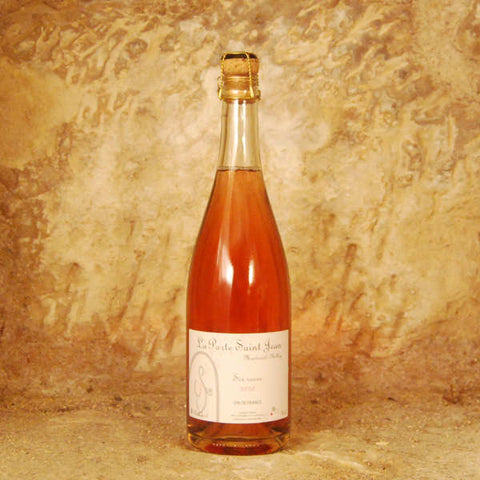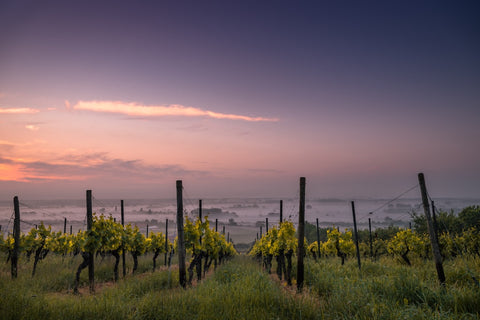How Long Does Red Wine Last Once Opened? A Complete Guide to Wine Preservation
Once you've opened a bottle of red wine, a countdown begins. Understanding how long your wine will last and how to preserve it properly can help you enjoy every glass at its best. Let's explore the science of wine preservation and practical solutions for extending your wine's life.
The Basic Timeline
Most red wines, when stored properly after opening, will last:
- Light-bodied reds: 1-3 days
- Medium-bodied reds: 2-4 days
- Full-bodied reds: 3-5 days
However, these timeframes can vary significantly based on several factors that affect wine preservation.
Understanding Wine Oxidation
When you open a bottle of red wine, you introduce oxygen, which starts two primary processes:
Oxidation: Oxygen transforms the wine's compounds, affecting its:
- Colour (turning bright reds to brick or brown)
- Aroma (reducing fresh fruit characters)
- Flavour (developing flat or stale characteristics)
- Structure (softening tannins initially, then breaking down)
Microbial Growth: Exposure to air can allow:
- Acetic acid bacteria to develop
- Unwanted fermentation to occur
- Off-flavours to form
Storage Factors That Affect Wine Life
Temperature plays a crucial role:
- Ideal storage: 12-16°C
- Refrigeration slows oxidation
- Heat accelerates degradation
- Consistent temperature is key
Light exposure matters:
- UV rays speed degradation
- Dark storage is preferable
- Avoid direct sunlight
- Keep away from artificial lights
Movement affects preservation:
- Minimise bottle movement
- Store upright once opened
- Avoid vibration
- Keep in a stable location
Preservation Methods
Several effective methods can extend your wine's life:
Vacuum Pumps:
- Remove air from bottle
- Create partial vacuum
- Slow oxidation process
- Relatively inexpensive solution
Inert Gas Systems:
- Spray argon or nitrogen
- Create protective barrier
- Professional-grade preservation
- More expensive but effective
Transfer to Smaller Bottles:
- Reduce air contact
- Use clean half-bottles
- Minimise headspace
- Seal tightly
Signs Wine Has Gone Bad
Learn to recognise when red wine is past its prime:
Visual Indicators:
- Colour changes to brown
- Bubbles in still wine
- Cloudiness develops
- Visible sediment movement
Aroma Changes:
- Vinegar-like smells
- Musty characteristics
- Loss of fruit character
- Chemical odours
Taste Alterations:
- Flat, lifeless flavours
- Sharp, vinegar notes
- Bitter finish
- Lack of fruit
Tips for Maximum Longevity
Follow these practices to extend your red wine's life:
Initial Storage:
- Recork immediately after pouring
- Store upright in fridge
- Keep away from light
- Maintain steady temperature
Serving Practices:
- Pour what you'll consume
- Use proper preservation tools
- Clean equipment properly
- Monitor wine condition
Different Wines, Different Timelines
Wine style affects longevity:
- Pinot Noir: 1-3 days
- Beaujolais: 1-3 days
- Light Grenache: 2-3 days
- Merlot: 2-4 days
- Sangiovese: 2-4 days
- Tempranillo: 2-4 days
- Cabernet Sauvignon: 3-5 days
- Shiraz: 3-5 days
- Malbec: 3-5 days
Professional Preservation Systems
For serious wine enthusiasts:
- Coravin systems
- Commercial preservation units
- Professional-grade gas systems
- Temperature-controlled units
Visit Our Online Cellar Door
At McLaren Vale Cellars, we offer:
- Wine preservation education
- Professional storage advice
- Preservation Equipment
- Expert consultation
Understanding wine preservation helps you enjoy every bottle at its best and minimize waste. While opened wine will eventually deteriorate, proper storage and preservation methods can significantly extend its drinking window and maintain quality.
Remember, these guidelines are general - trust your senses and personal preferences when deciding if a wine is still enjoyable to drink. When in doubt, it's better to enjoy the wine sooner rather than risk it deteriorating past its prime.




Comments (0)
There are no comments for this article. Be the first one to leave a message!